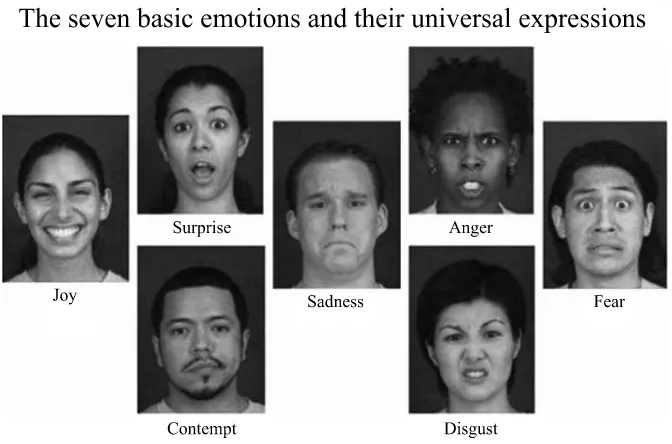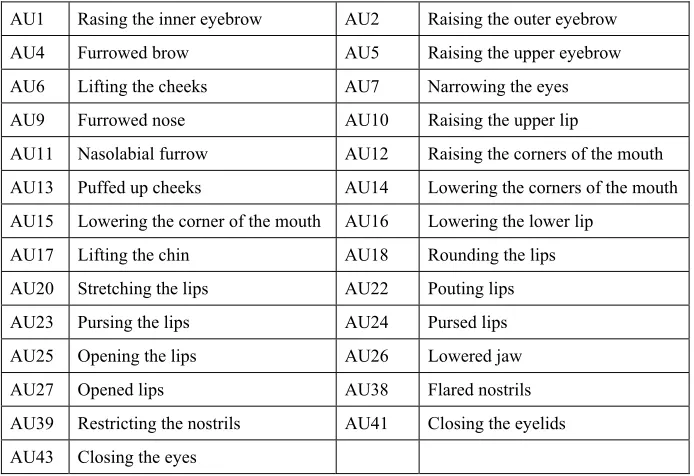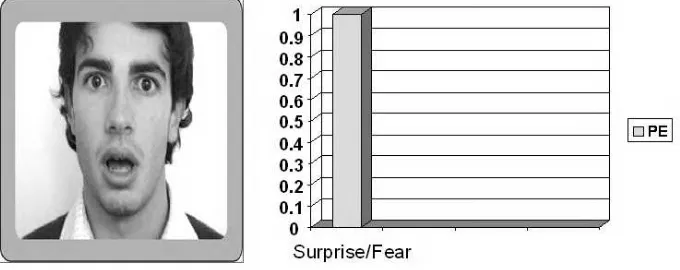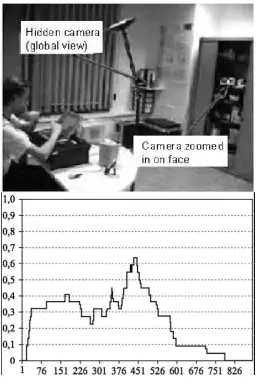Emotion Oriented Systems ebook free download
Teks penuh
Gambar

](https://thumb-ap.123doks.com/thumbv2/123dok/4036208.1979628/26.595.147.451.326.534/representation-circumplex-horizontal-dimensionindicating-dimension-indication-permission-university.webp)


Garis besar
Dokumen terkait
Create a new field configuration scheme named Accounts Field Configuration scheme , and configure this new field configuration scheme to use the Invoice Field Configura- tion for
Still under the Create event for the Player object, click the Control tab, and then drag and drop the Set Variable object onto the action area (the Set Variable object is the
Consider this example: We start by searching for a pattern. Let ’ s say that the document has ten matches. We start recording a macro using the n command to repeat the last
For the last quarter-bell he’d felt like a condemned man rushing to the headsman’s block —because the sight of the forest might tug free more than just a memory of the last time
For example, malware could call this function to create a process to execute its malicious code, in order to bypass.?. host-based firewalls and other
First, you’ll create a broadcast receiver that will start up your update service at boot time, so that users always have their friends’ latest timelines the first time they check
This is the first important point to understand about App Inventor: for every component you add in the Designer, you have to move over to the Blocks Editor and create the code to
For your second example, you’ll create an image thumbnail gallery with HTML and enhance the display of large images in the gallery with CSS3 transitions (see Figure 3-2 )4.
![Figure 2.3. The Papez circuit developed in 1937, borrowed from [DAL 04]](https://thumb-ap.123doks.com/thumbv2/123dok/4036208.1979628/55.595.145.453.424.650/figure-papez-circuit-developed-borrowed-dal.webp)
![Table 3.1. Different types of corpora (adapted from [DEV 06b]): H –human, M–machine,HMC –human–machine communication, HHC –human-to-human communication](https://thumb-ap.123doks.com/thumbv2/123dok/4036208.1979628/94.595.126.469.158.395/table-different-corpora-adapted-machine-machine-communication-communication.webp)



